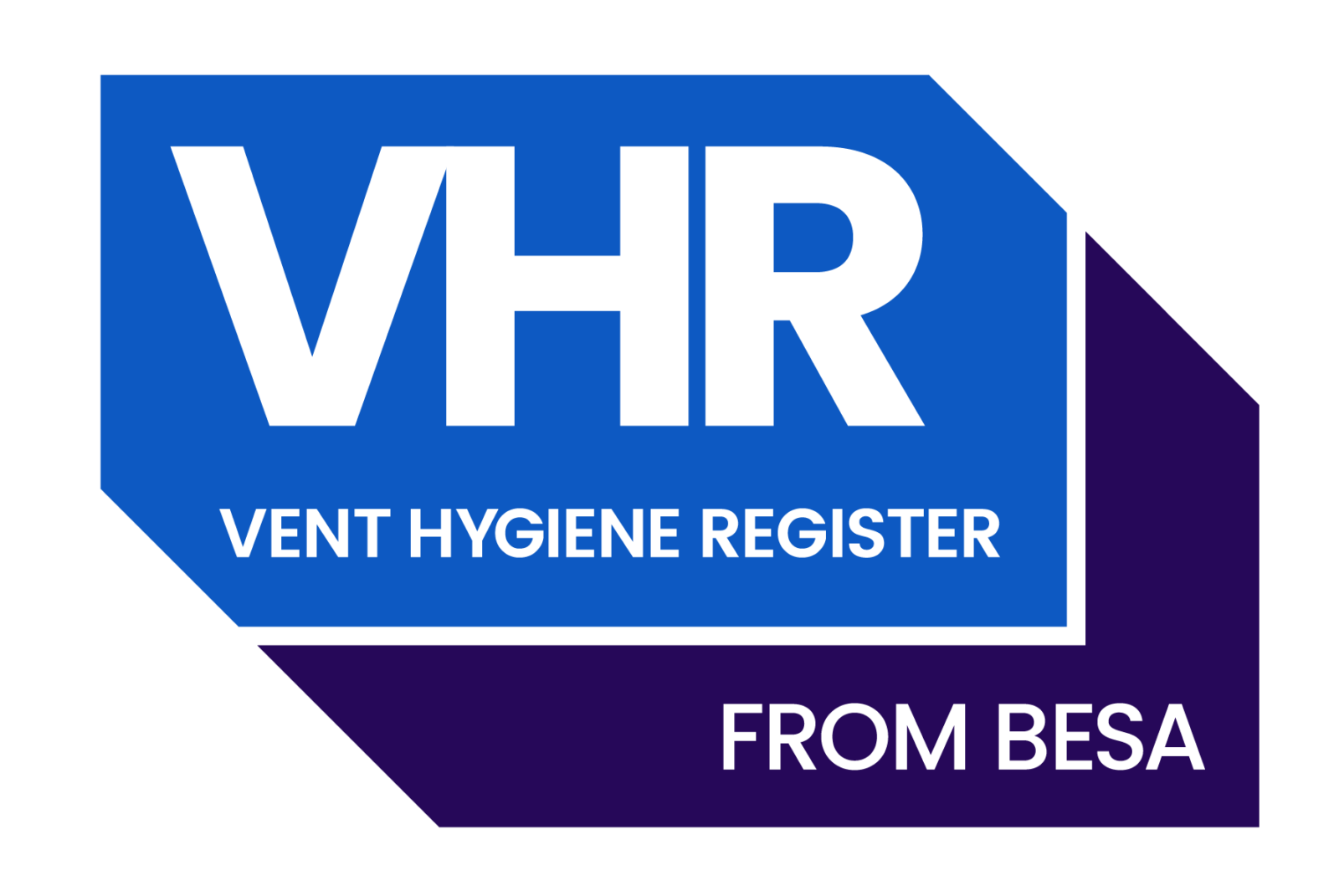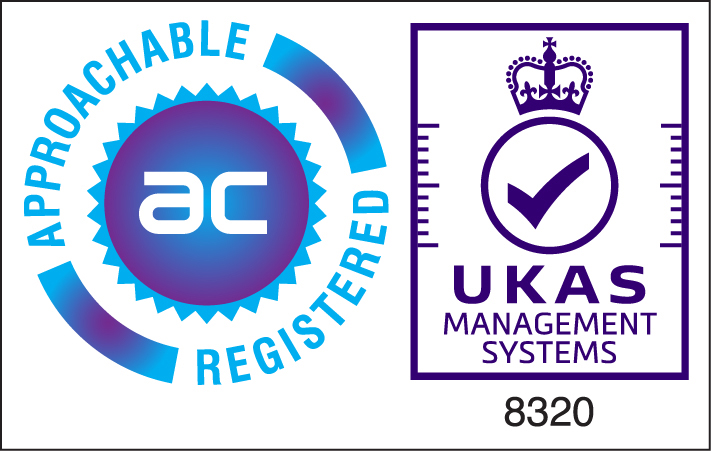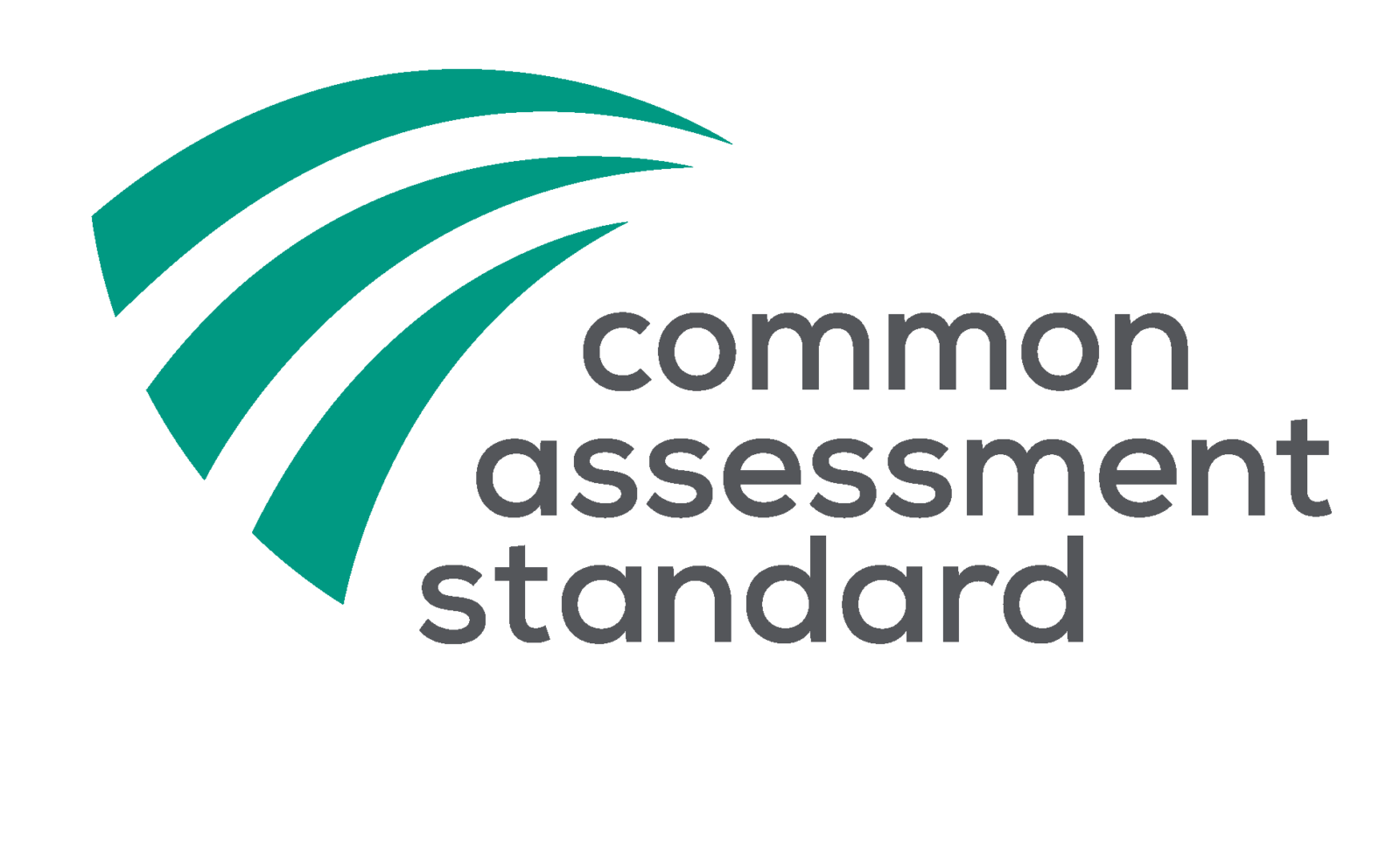Indoor air quality (IAQ) testing allows you to identify the air and see what particles and gases are in it. If necessary, we will then tell you the actions that are required to improve your air quality and overall health and wellbeing in a workplace.
Many people fail to understand the generally low quality of poor indoor air when, in reality, indoor spaces can be up to five times more polluted than the air outside your workplace.
It is estimated that we now spend on average 80 to 90 percent of each day in an indoor environment, so the quality of our indoor air is of the utmost importance and requires urgent attention.
There are several pollutants and irritants that IAQ testing can detect for and some of these include:
- Biological pollutants: This includes human skin, dander (animal skin flakes), dust mites, bacteria, fungi, spores and vast amounts of pollen and mould, floating cloth fibres.
- Chemical/radiological pollutants: Examples are volatile organic compounds (VOCs), cooking fumes, radon and carbon.
- Combustion pollutants: Some examples include tobacco smoke, fatty grease globules, vehicle fumes and carbon dioxide and monoxide.
In this quick guide, we discuss how to test for these pollutants with IAQ testing equipment and which commercial buildings require air quality assessments, and we also outline the importance of good air quality.
What is the indoor air quality testing process?
There are several processes that a ventilation professional carries out to efficiently determine the quality of indoor air. These procedures ensure they detect the right pollutant in a safe and controlled manner. Here are the steps involved in IAQ testing:
1. Collect information
Professionals first carry out a survey to find out some baseline information about the building. The information they collect may include:
- Building materials used during construction
- Building type and purpose
- Number of people working in the area being tested
- Documentation of any health-related problems associated with people working in the affected areas
- Ventilation system type
- Cleaning and housekeeping routine
- Outdoor air assessments
- Occupancy levels
- Equipment or activities on the premises that may release harmful pollutants
- Whether there are any foul smells, dust or visible mould upon first inspection
This information gives the consultant a better idea of what pollutants may be present in the atmosphere and choose a sampling method accordingly.
2. Identify and select location
The survey ensures that the ventilation team chooses the right locations to test air quality to give specific and representative data for the indoor space. We will test than not the outside air to remove any external parameters being drawn into the Indoor air Space being evaluated, this is to subtract these factors which are outside the building owner’s control, as environmental impacts on buildings is very relevant.
3. Carry out sampling
The methodology used to carry out IAQ testing varies depends on which pollutants the AIQ expert thinks are present. It’s important to note that different sampling methods have different durations, so the testing may take longer when testing for certain pollutants rather than others.
4. Select the right IAQ equipment
Once the method and duration have been determined, ventilation experts can decide which equipment to use to measure the air quality. Some potential equipment options and their function include:
- CO2 meter: This measures the average levels of carbon dioxide in the atmosphere.
- NOx meter: This device measures nitrogen oxide levels.
- VOC meter: This measures VOCs and total volatile organic compounds (TVOCs).
- SO2 meter – Professionals use this device to measure sulphur dioxide levels.
- Thermo-hygrometer: This device calculates the temperature and humidity levels.
- IAQ Pro – This instrument measures airflow and CO2 levels as well as temperature and humidity.
- Particle Counter – This device measures PM1, PM2.5, PM10 mass concentration and RSPM. PMs are Particulate Matter and the number after the PM letters is the size of the Particles in microns(µ).
- Swab tests – These are used to sample mould and bacteria.
Once a collection of samples have been taken, professionals can send them off to the laboratory for analysis and generate results.
5. Generated assessment report
The measurements and analysis conducted on site and in the laboratory leads to the generation of an indoor air quality assessment report. This report gives a breakdown of the air quality inside a building and provides recommendations on how to improve it where necessary.
The report is based on data gathered from the data-logging equipment as described above over the prescribed testing period but this usually matches a working day . The assessment report also gives information about the test, such as the locations where air samples were taken from and photos of sampling sites.
Professionals usually include an Executive Summary at the end of the report that provides a final interpretation of the data and evaluates it against IOSH ((Institution of Occupational Safety and Health) or NEBOSH (National Examination Board in Occupational Safety and Health) guidelines.
What type of commercial buildings need indoor air quality testing?
All buildings that are used and occupied require regular IAQ testing. This is because multiple people – from workers and customers to business partners and maintenance teams – spend time at these places and are put at risk if exposed to unhealthy or volatile pollutants in the atmosphere.
Additionally, some commercial buildings may have machinery or materials that could increase pollutants. Examples of commercial buildings that require frequent indoor air quality testing include:
- Offices
- Medical centres
- Nursing homes
- Hospitals
- Hotels
- Sports facilities
- Pubs and restaurants
- Cafes
- Retail stores
- Shopping centres
- Industrial warehouses
- Factories
We would recommended that you carry out indoor air quality testing at least twice a year, and there are now some very good options for IAQ sensors to be installed into buildings to give regular data readings and feedback. However, if you notice a significant number of colleagues becoming ill or having respiratory problems, it’s important that you recruit the help of an indoor air quality expert as soon as possible. Symptoms of poor indoor air quality include nasal irritation, sore throat, headaches, nausea and fatigue.
Why it is important to get your air quality regularly checked?
Indoor air quality testing ensures that your building or place of work complies with the Health and Safety at Work Act and Control of Substances Hazardous to Health (COSHH) Regulations. Managers have a duty of care to maintain a work environment as a safe space.
Additionally, good air quality leads to greater productivity in the workplace and reduces the number of staff absences. This is because fewer team members are likely to take time out due to health problems associated with the work environment.
Indoor air quality testing allows you to identify any air quality problems and take remedial action before further problems occur. This boosts comfort and affirms that you’re working in a healthy environment.
Last of all, poor indoor air quality can put extra strain on the performance of heating and cooling systems as air quality issues are often associated with poor ventilation. Higher utility bills result from systems needing to use excess energy to perform at their regular level.
If you think that your workplace requires indoor air quality testing, contact us at Ventilation Surveys and Services Ltd today. We provide leading ventilation hygiene services – including indoor air quality testing in the United Kingdom and Northern Ireland.













